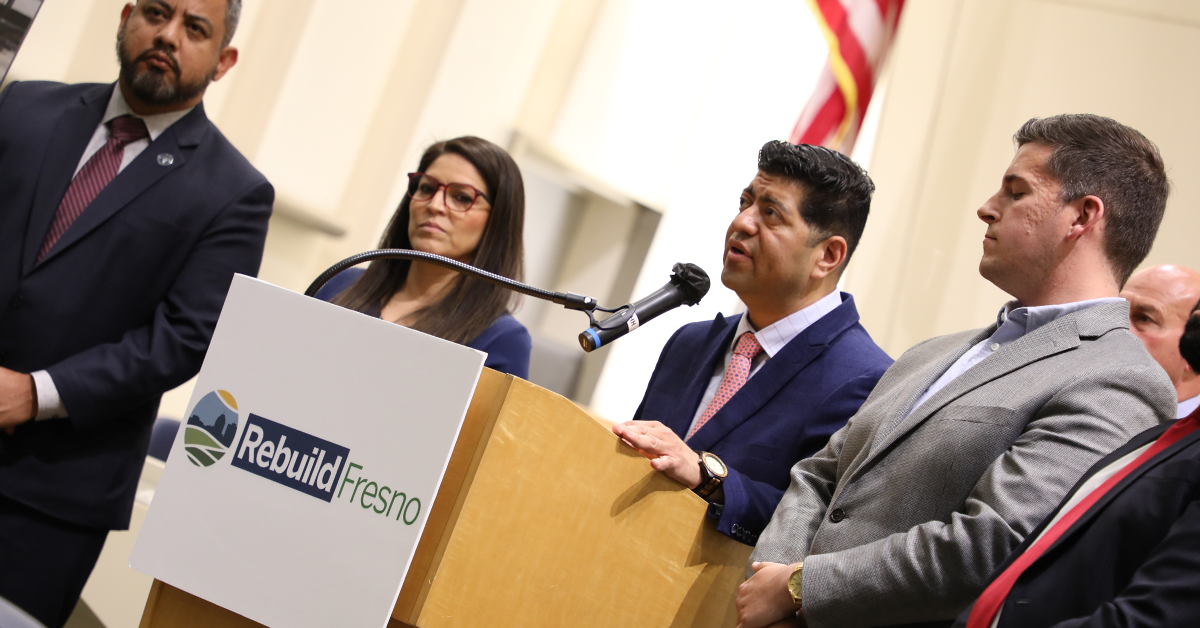Finally, Rosenfeld comes to the Ferguson Effect.
This section is the most interesting part of the 24-page report, and Rosenfeld deserves high praise digging into a controversial concept. Yet, the good professor is so careful that he ends up maddeningly vague.
Rosenfeld writes that the definition of the term “Ferguson effect” remains in dispute.
“The dominant de-policing interpretation is that highly publicized incidents of police use of deadly force against minority citizens, including but not limited to the Ferguson incident, caused police officers to disengage from their duties, particularly proactive tactics that prevent crime,” he writes.
But, Rosenfeld adds, that is not the interpretation of the term according to the man who apparently coined it. Rosenfeld writes that the term was first used in November 2014 by Sam Dotson, chief of the St. Louis Metropolitan Police Department. It was a time of widespread civil unrest in the wake of the Brown shooting.
According to Rosenfeld, Dotson said to a reporter, “It’s the Ferguson effect. I see it not only on the law enforcement side, but the criminal element is feeling empowered by the environment.”
SEE ALSO: The Rise and Fall of the Dog Pound Gang
If criminals felt “empowered” by the Brown shooting and subsequent protests, then the question is how that might have led to a year-long spike in homicides in certain big cities.
“Intentionally or not,” Rosenfeld writes in the reports most compelling paragraph, “the St. Louis police chief invoked an important strain of sociological and criminological thinking in his explanation of the Ferguson effect: the idea that violence escalates when individuals and communities are alienated from the legitimate means of social control. When persons do not trust the police to act on their behalf and to treat them fairly and with respect, they lose confidence in the formal apparatus of social control and become more likely to take matters into their own hands. Interpersonal disputes are settled informally and often violently. Honor codes develop that encourage people to respond with violence to threats and disrespect…. Predatory violence increases because offenders believe victims and witnesses will not contact the police. Individuals engage in ‘self-help’ and entire communities become ‘stateless’ social locations….”
I take that to mean: The social contract is broken, the American compact dies, because certain people in certain neighborhoods decide on their own that the police department is illegitimate, and the legitimacy of government in general depends on society agreeing that the police have no authority to act in those neighborhoods.
That’s the perfect definition of a house divided against itself.
Rosenfeld at this point goes wobbly. He cites the works of various criminologists to assert that homicide rates increase in minority neighborhoods, especially African-American neighborhoods, when there’s more distrust of the legitimacy of government. Rosenfeld, citing his experts, would have us believe that the residents of these neighborhoods lack free will or an ability to pursue their lawful self-interest. The “System” or the “Man” is to blame for murder.
(If residents in neighborhoods distrustful of the police also appreciate social order, then is their plan to police themselves? And if so, would the standards for proper behavior in these self-policed neighborhoods be any different than the standards once enforced by the police? Rosenfeld doesn’t address these obvious questions, perhaps saving them for a later DOJ-sponsored report.)
Rosenfeld writes that four conditions must exist if the homicide spikes in certain big cities is to be connected to a “legitimacy crisis” born of the Michael Brown shooting.
- The increase should be concentrated in cities with large African-American populations.
- The timing of the increase should correspond closely to controversial incidents of police use of force against African-Americans.
- Confidence in the police should be substantially lower among African-Americans than other groups.
- The homicide increase should be greater among African-Americans than other groups.
Rosenfeld writes that the first three are true. Near as I can tell, he completely ignores the fourth.
Google can fill the gap when it comes to statistics on black-on-black and white-on-white homicide.
Nor, near as I can tell, does Rosenfeld explore the impact of broken families on the Ferguson effect.
Here, too, Google can help.
“It may turn out,” Rosenfeld concludes, “that the three considered here, as well as others yet to be proposed, are not competing hypotheses so much as interacting components of a broader explanation.”









